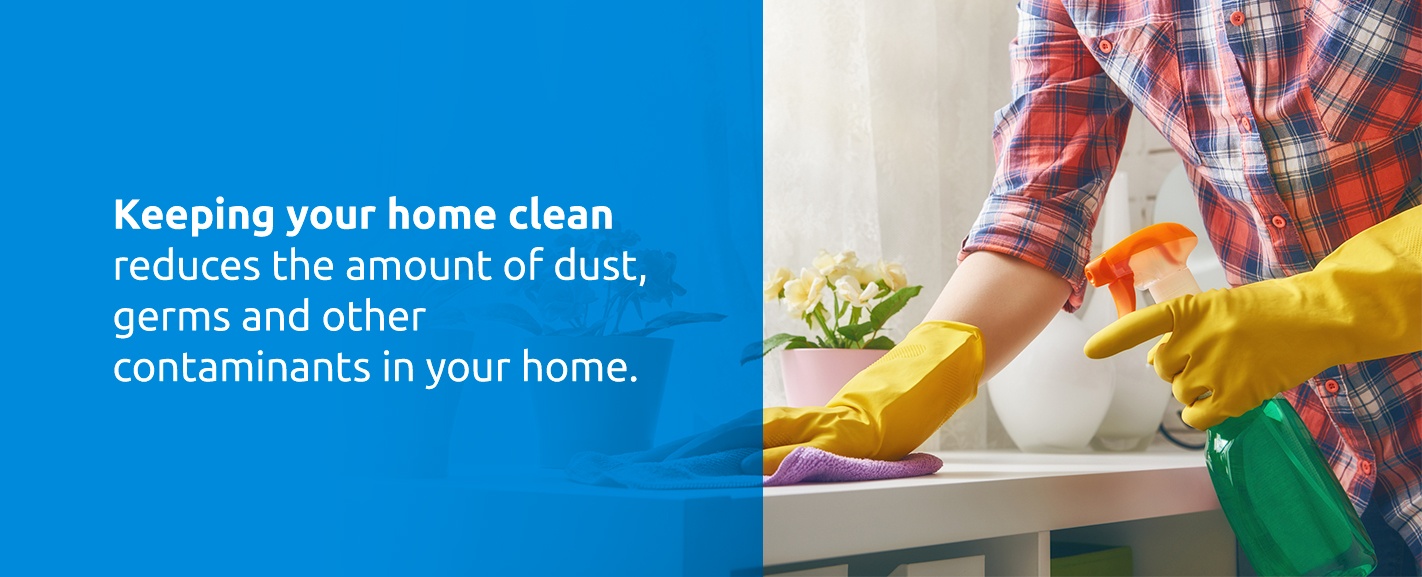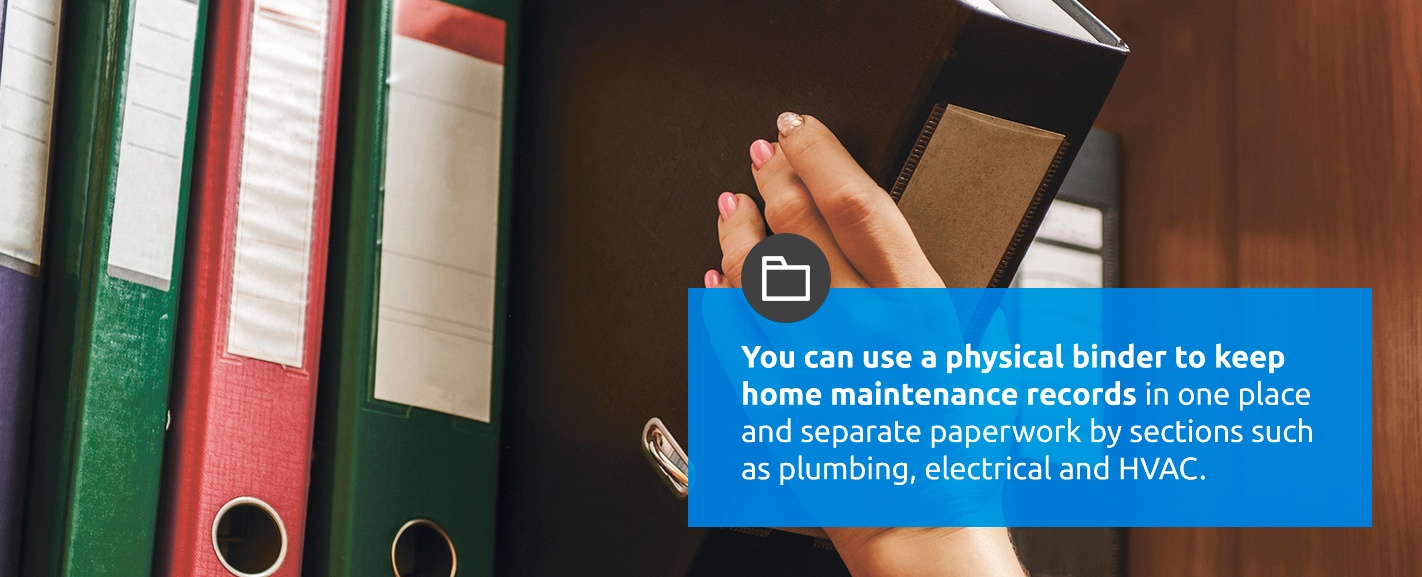

Homes are typically busy places. If you have kids or pets or are often in a rush, you probably know how fast a house gets messy. Homes are meant to be lived in, and all this action requires a weekly to-do list to keep your house clean and hazard-free.
Your weekly schedule will likely be more basic than your monthly home maintenance checklist. Unless there’s a repair that needs immediate attention, you’ll mainly want to focus on cleaning tasks once a week. Keeping your home clean reduces the amount of dust, germs and other contaminants in your home. A clean home is also less inviting to pests.
In this chapter, we’ll share a checklist to use weekly. We’ll also answer a few questions you might have if you’re a first-time homeowner. If you need assistance regarding homeowners insurance, reach out to us at David Pope Insurance – that’s what we’re here for!
To help you stay organized and ensure you cover all areas, you may want to divide your weekly checklist into two parts: the inside and outside of your home. Here’s what to do outside your home every week:
Use this weekly checklist to care for your home’s interior:
Although you don’t need to add this to your checklist, be sure to clean up spills and messes as soon as they happen. You don’t want to leave spills or crumbs sitting around because that could lead to bacteria growth or stubborn stains.
Most homes have a furnace or a heat pump, and many have combined HVAC systems. Each system uses an air filter to protect the machinery from large airborne particles. HVAC air filters are typically located in the furnace’s blower compartment or next to the air handler. Once you’re at your HVAC unit, you should find a slot containing the filter either on the side, top or bottom of the unit. You might also have filters located at the return vents in the walls, floors or ceiling of your home. You can remove the covers of return vents by unscrewing them or pulling a tab.
Although you probably won’t need to check your HVAC filter weekly, you’ll want to learn where it’s located right away so you can clean or replace it. Depending on your household, half the energy you use might go toward your HVAC system. A dirty or clogged filter slows airflow and wastes energy. Dirt buildup can also damage HVAC equipment, so this is a part of your home to keep well-maintained.
Water is damaging to a home and, if it’s unaddressed, can quickly lead to mold or a weakened structure. If you’re concerned about water damage, you can perform a home inspection on your own. Your home might have water damage if you notice the following:
If you find signs of water damage, the first step is to locate the source of the water. It might be from a leak in the roof, window, pipe or appliance. If you cannot find the source of a water leak, consider contacting a professional like a plumber or contractor. If you’re worried about water damage after a flood, check your homeowners insurance policy to see what’s covered.
Paperwork quickly accumulates in a house, from grocery lists to car repair receipts. Some of these documents can help you stay on schedule with maintenance and other important house-related tasks. A home management binder keeps your paperwork in one place and allows you to easily access important information, making the job of running a household simpler overall.
What you put in your binder varies depending on what you need to run your unique home. It might include:
Be sure to keep other documents that you might only need occasionally, like birth certificates and passports, in a secure place such as a safe or a lockable file cabinet.

You can use a physical binder to keep home maintenance records in one place and separate paperwork by sections such as plumbing, electrical and HVAC. If you prefer to minimize the use of space, you can scan information and save paperwork in a digital file.